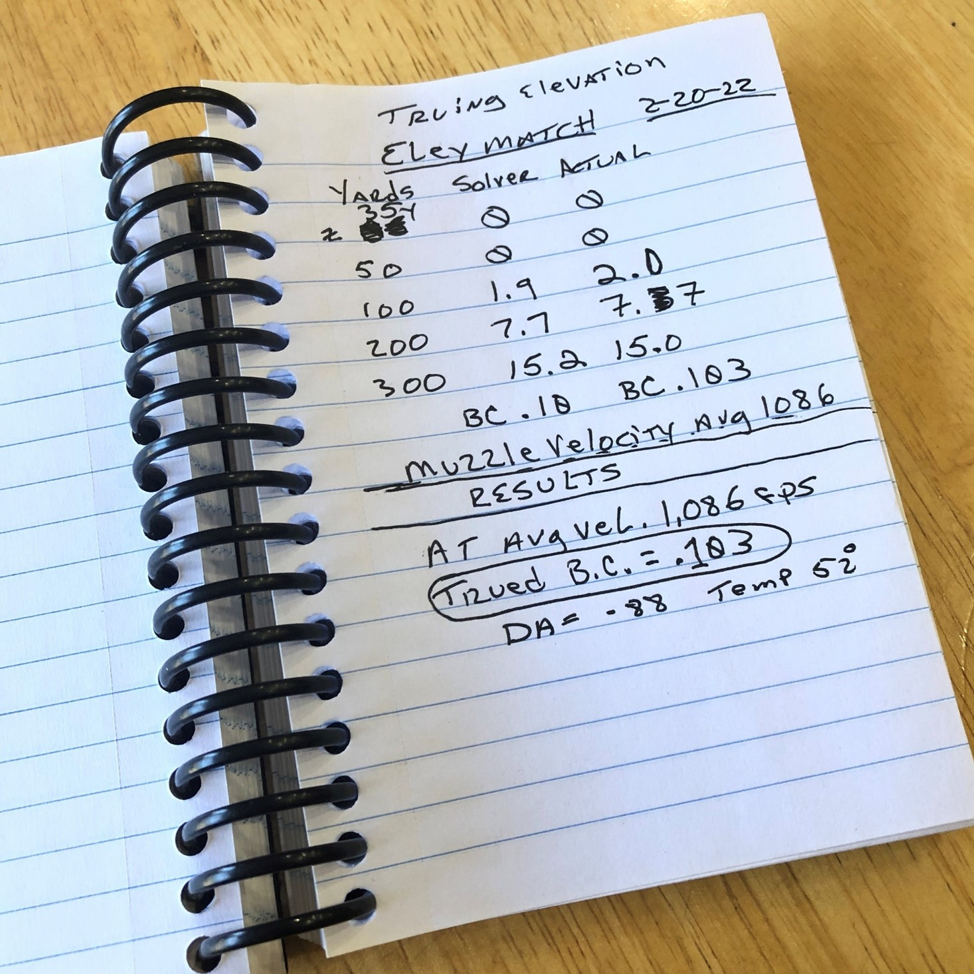Part 2: Filling In The Data Gaps
with Wayne Dayberry

Making hits at distance with your rimfire (or any cartridge) includes understanding and minimizing the effect of the variables. Just like when developing your load data for centerfire cartridges, you’ll need to start with the ammunition basics: muzzle velocity, bullet weight, and the bullet’s ballistic coefficient. Bullet weight is readily published by the manufacturers, and you can gather your muzzle velocity with a chronograph, however the bullet’s ballistic coefficient is not always readily available for rimfire ammunition. And even if it is, just like when doing load development for their big brother cartridges, truing your own muzzle velocity and ballistic coefficient over distance is a good idea.
Starting with the end in mind, my D.O.P.E. (Data on Previous Engagement) for a 300yd 22lr rimfire shot is approximately 15mils, give or take depending upon the environmentals as well as ammunition brand and type.
So, making hits at 300 yards with your rimfire is going to be similar to the following (your mileage may and will vary):
- 6.5 Creedmoor with a 140 gr high BC bullet running at 2,700 fps yields about 1,310 Yards at 15mils and a 1.5mil holdoff for a 5mph wind.
- 308 Winchester with a 200 gr high BC bullet running at 2,400 fps yields about 1,100 Yards at 15mils and a 1.7mil holdoff for a 5mph wind.
- Rimfire 22lr with a 40 gr bullet at 1080 fps = 300 Yards at 15 mils and a 2mil holdoff for a 5mph wind.
We know the bullet weight, and if you shoot at least 10 rounds (or more) over a chronograph, you should be able to get a reliable muzzle velocity. Those two can become “fixed” in the long distance equation. Then, truing up the ballistic coefficient for your round is the exercise. We’ll explain more about this in an upcoming email!